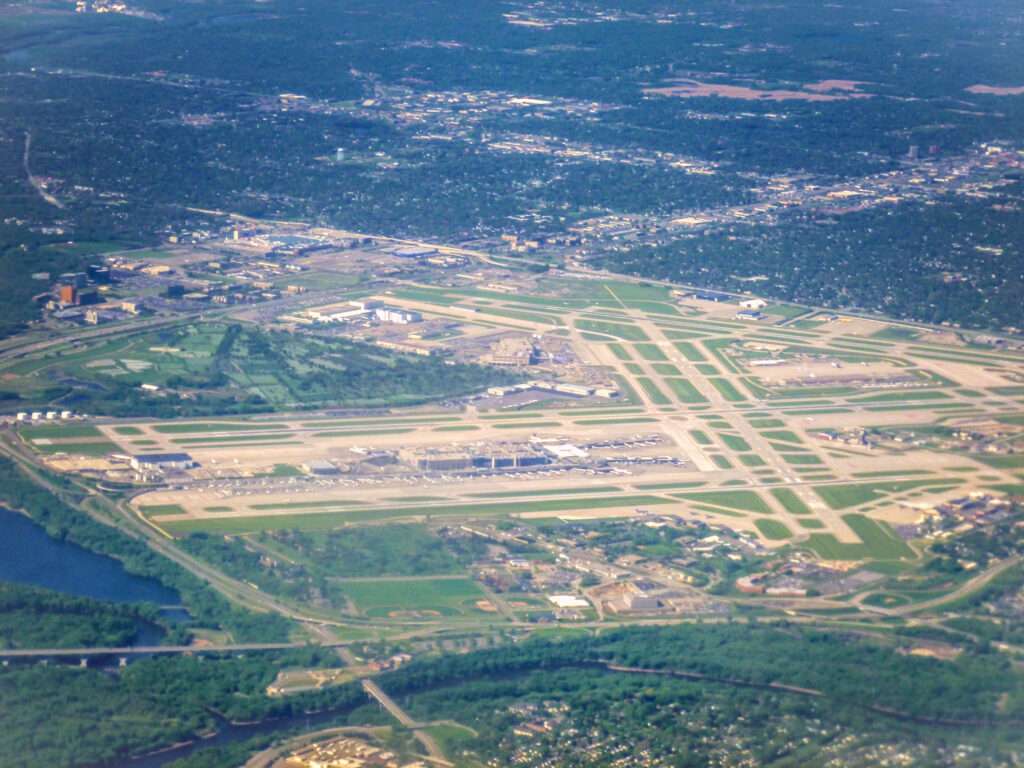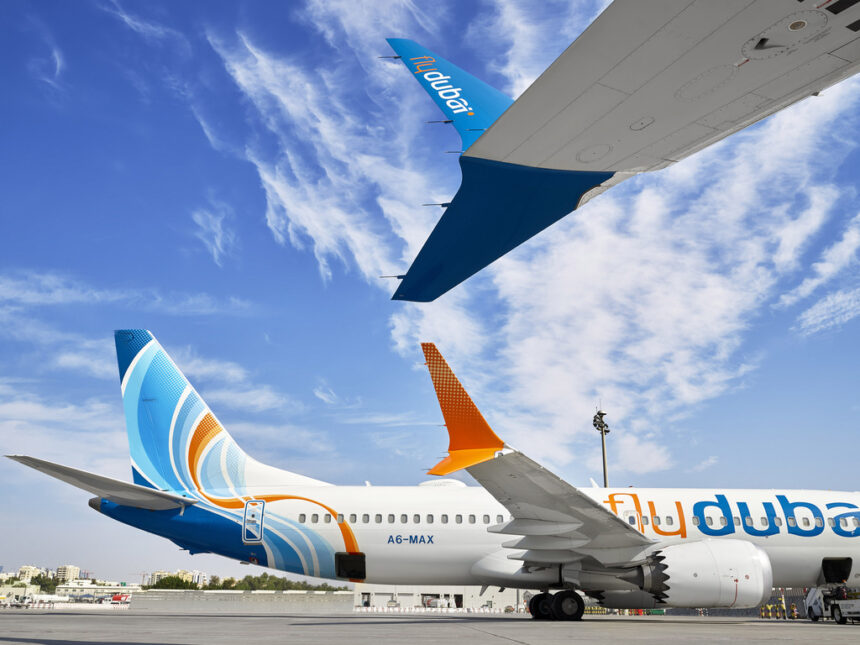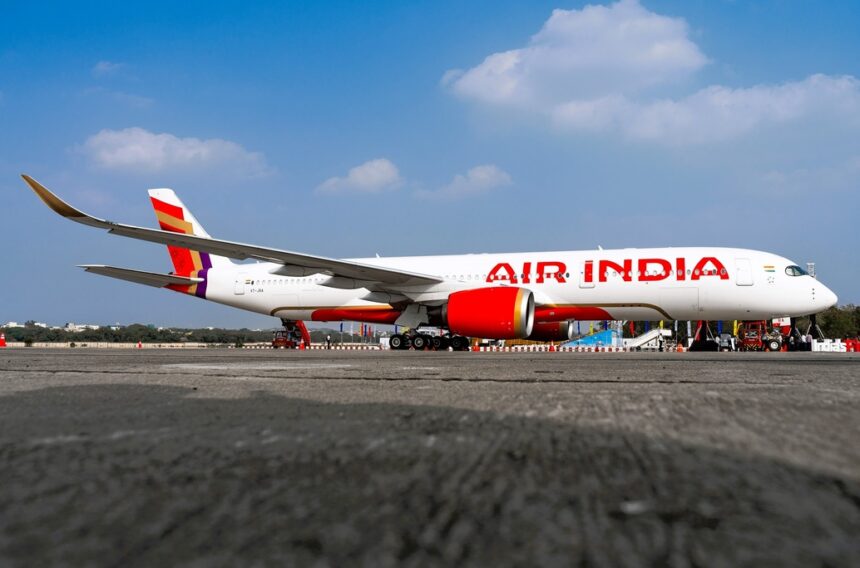Minneapolis-Saint Paul International Airport (MSP), a major hub connecting the Upper Midwest to the world, boasts a fascinating history that reflects the region’s growth and transformation.
Originally a repurposed racetrack, it has evolved into a bustling airport catering to millions of passengers and playing a crucial role in the Twin Cities’ economy.
Let’s explore the captivating journey of MSP, from its unexpected beginnings to its current status as a vital international gateway.
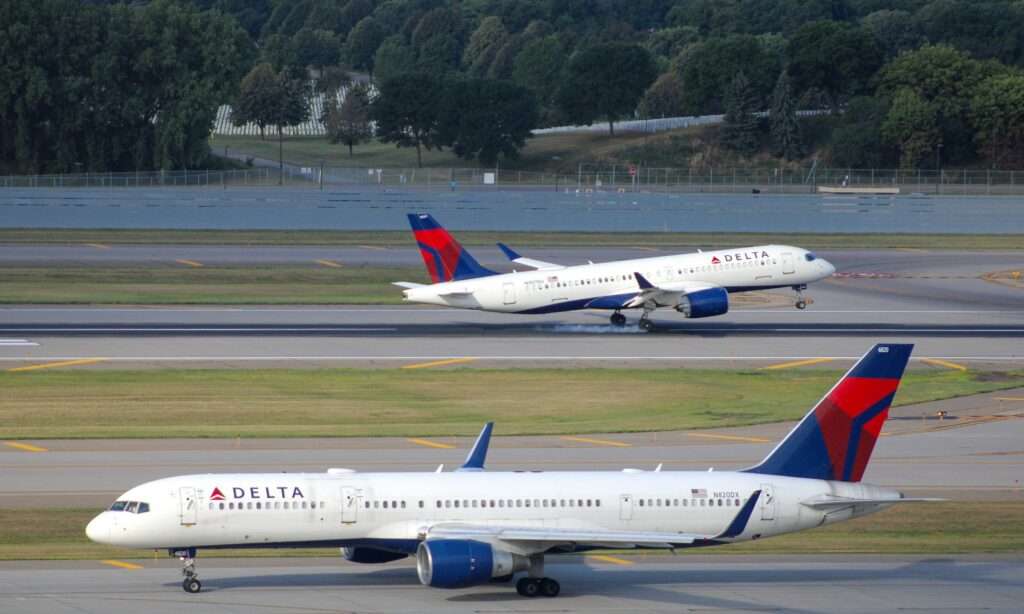
Trading Cars for Airplanes: A Humble Beginning (1910s-1920s)
The story of MSP begins not with airplanes, but with automobiles.
In 1910, the Snelling Speedway opened its doors, hosting car races on a dirt track located where the airport now stands.
However, the venture proved unsuccessful, and by 1920, the Minneapolis Aero Club saw an opportunity in the defunct racetrack.
They acquired the property and envisioned a different kind of speed – the speed of flight.
The first chapter of MSP’s aviation story unfolded in 1920 with the construction of a wooden hangar to accommodate airmail services.
The 160-acre property, then known as Speedway Field, became a humble starting point for what would become a major airport.
Taking Flight: The Rise of Passenger Service (1920s-1940s)
The official arrival of passenger service at Speedway Field took place in 1929.
Although early operations were modest, the potential for air travel was evident.
In 1923, the airport received its first name change, becoming Wold-Chamberlain Field in honor of two local pilots who lost their lives in World War I.
The 1930s witnessed steady growth, with Northwest Airlines establishing a strong presence at the airport.
This period also saw the construction of the first paved runway, paving the way for larger and faster airplanes.
World War II significantly impacted Wold-Chamberlain Field.
The U.S. military utilized the facility for training and logistics operations, contributing to the airport’s infrastructure development.
A New Era: International Expansion and Modernization at Minneapolis-Saint Paul International Airport (1940s-1980s)
Following the war, air travel experienced a boom.
In 1948, reflecting the airport’s evolving role, the name was changed to Minneapolis-St. Paul Metropolitan Airport/Wold-Chamberlain Field.
This cumbersome moniker was shortened to Minneapolis-St. Paul International Airport (MSP) just four years later, solidifying its international ambitions.
The 1950s and 1960s witnessed a period of significant expansion and modernization.
Construction began on the iconic Terminal 1, also known as the Lindbergh Terminal, in 1958.
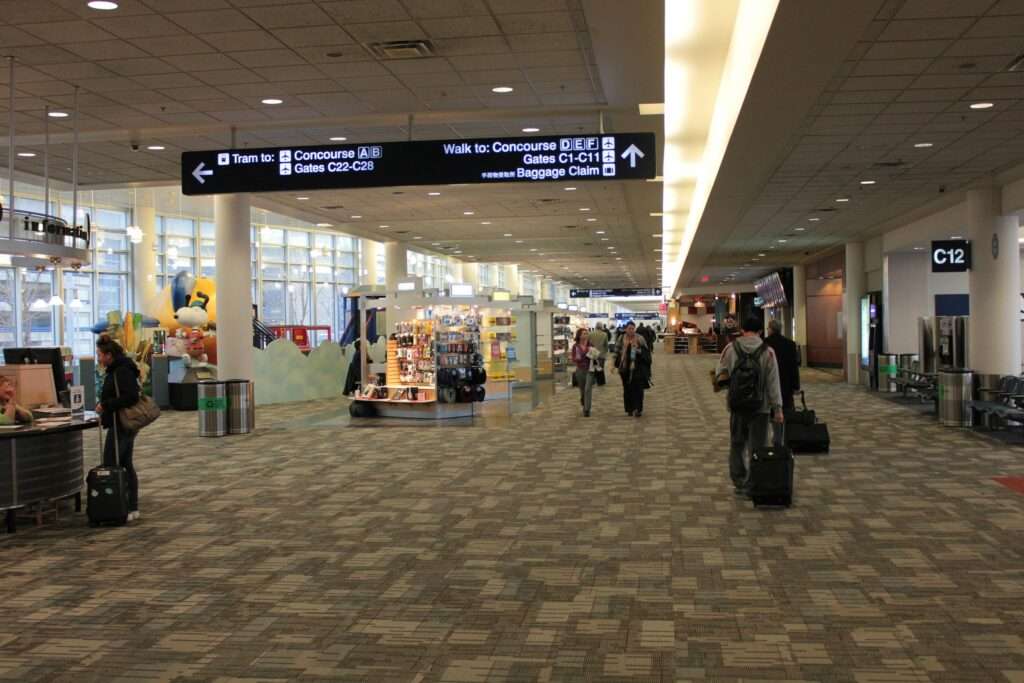
This massive undertaking, completed in 1962, marked a leap forward in passenger capacity and amenities.
MSP also saw the addition of new runways, taxiways, and cargo facilities, solidifying its position as a major transportation hub for the region.
The 1970s and 1980s continued the trend of expansion, with the construction of Terminal 2 (Humphrey Terminal) catering to low-cost carriers.
Passenger traffic continued to surge, solidifying MSP as a vital economic engine for the Twin Cities.
Continued Growth and Innovation in the 21st Century (1990s-Present)

The past few decades have seen MSP embrace further innovation and technological advancements.
Expansion plans brought new concourses, parking facilities, and a state-of-the-art light rail connection to downtown Minneapolis.
Sustainability initiatives have also taken center stage, with the airport implementing eco-friendly practices and investing in renewable energy sources.
Today, Minneapolis-Saint Paul International Airport stands as a testament to the Twin Cities’ growth and its central role in the region’s economy.
Millions of passengers connect to domestic and international destinations through MSP, making it a vital link for business, tourism, and personal travel.
As the aviation industry continues to evolve, MSP remains committed to providing a seamless and efficient travel experience for all passengers, ensuring its place as a major international gateway for the Upper Midwest.

Click the banner to subscribe to our weekly newsleter.

Click the photo to join our WhatsApp channel so then you can stay up to date with everything going on in the aviation industry!





